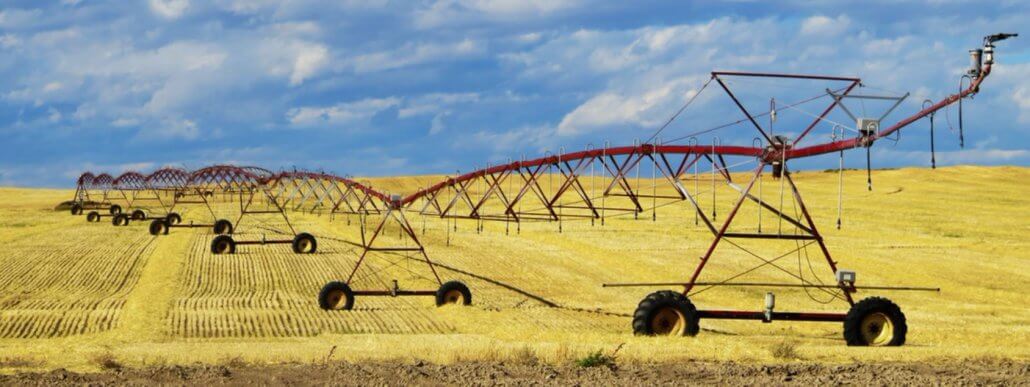The past 3 years have been very tough for farmers because of the drought. I could tell from the discussions that I have had with farmers that this is not only taking a financial toll on them, but they are also heavily affected emotionally. The toll that farmers have taken has also shown in the Trace & Save sustainability measures. Two of the measures of sustainability which Trace & Save use are the carbon footprint and the mineral balance. The carbon footprint measures how much greenhouse gas emissions the farm is responsible for (read this blog to learn more about farm carbon footprints) and the mineral balance measures how well the farm is utilising nutrients that are brought onto the farm. Both of these measures are not looking great due to the drought. Many farms’ carbon footprints have increased and nutrients are not being utilised efficiently, especially nitrogen.
In my previous blog I addressed the addiction that exists on many farms to nitrogen fertiliser. In the blog (read blog here) I spoke about how nitrogen alone cannot bring about desired pasture growth in a sustainable manner. Unfortunately, the heavy reliance on nitrogen for pasture growth optimisation by farmers has not resulted in effective pasture growth during the drought. This has led to an increased cost of growing pasture. In some cases the application of nitrogen has led to no growth at all, thereby incurring a cost to the farmer with no benefit at all.
These observations from the SWAN analysis have made me realise some lessons that farmers can learn from this experience. Assessing sustainability using the measures in the SWAN system, e.g. the carbon footprint and the mineral balance, provides an opportunity for farmers to not only learn from success stories, but also from situations where there has not been improvement – in this case brought about by abnormal circumstances such as the drought. The key to making sure that farmers succeed in spite of challenging circumstances is in building a resilient management system. Having a resilient management system can help to withstand the harshest conditions from all sides. A resilient system can be achieved by making the correct adaptation in farm management, starting with the soil.
- Adapt now
There is no better time to start than now. Even though drought conditions make it challenging to make any drastic changes, there are some things which farmers can do which will alleviate the pressure of the current drought, and set themselves up to be more resilient in future. Practices such as building soil carbon will assist in mitigating the negative effects of the drought. Carbon is an important soil property in water management dynamics because of its proven ability (read here) to hold moisture. Ways in which farmers can build carbon have been explained here. Also, including pasture species that are more drought tolerant will assist in establishing a more resilient pasture mix.
- Fix the leaks to save thousands of drops
The leaks that I refer to are not only leaking pipes but also “leaks” from inefficient irrigation methods. Farmers should be able to account for every drop of water they use, ensuring that it is converted into produce. This is why Trace & Save includes a measure of water use efficiency, as this shows how much water is used and where there might be opportunities to improve. For this measure to be meaningful it is simply not enough to do an estimate of how much water is used in each area of production. Every single drop counts. There are tools, such as electronic water meters (although expensive), which farmers can install to get accurate measures. Improving water use efficiency is important as farmers need to be responsible water users, especially because agriculture is the largest user of fresh water in South Africa. Irrigation efficiency is directly linked to electricity use and plant nutrient use, both of which have a financial cost. These are costs which farmers can alleviate with better water management.
The reality is that adapting agricultural practices when the drought is already upon us is actually too late. Sustainable agriculture should be a way of life, and farmers who practised these are better off, and are managing the drought with a greater resilience than those who have not employed these methods.
- The management of soils with excessive sodium and magnesium levels - 2023-06-12
- Understanding evapotranspiration better - 2021-10-18
- Soil fungi connections - 2021-09-28

